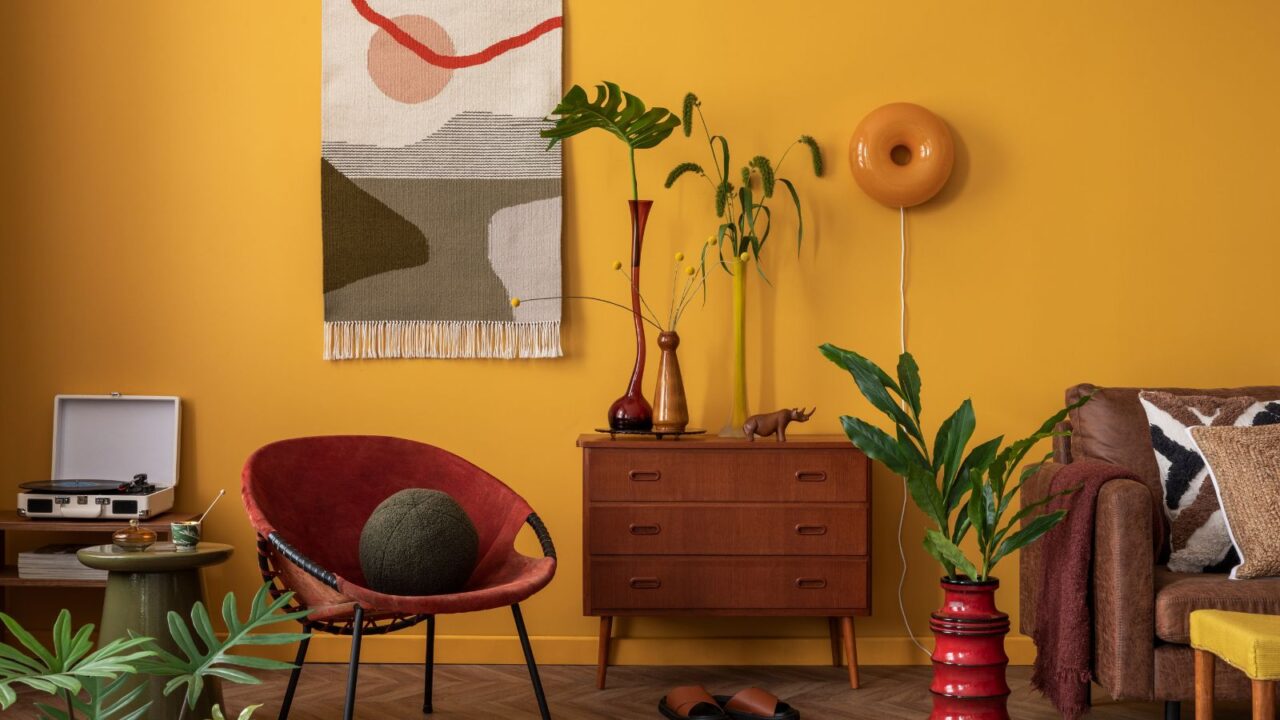
Smart Styling Without Breaking the Bank
Budget-friendly decor is all about smart choices, not cheap ones. Pro designers suggest it’s better to invest in fewer quality pieces than clutter your home with disposable buys. Focus on flexible items like neutral furniture that fits multiple spaces and styles.
Paint, textiles, and lighting can quickly refresh a room without costing a fortune. Moreover, you can create a curated and elegant look with just layering textures such as cozy throws, chunky knits, and sleek metals. After all, creativity always trumps cash.
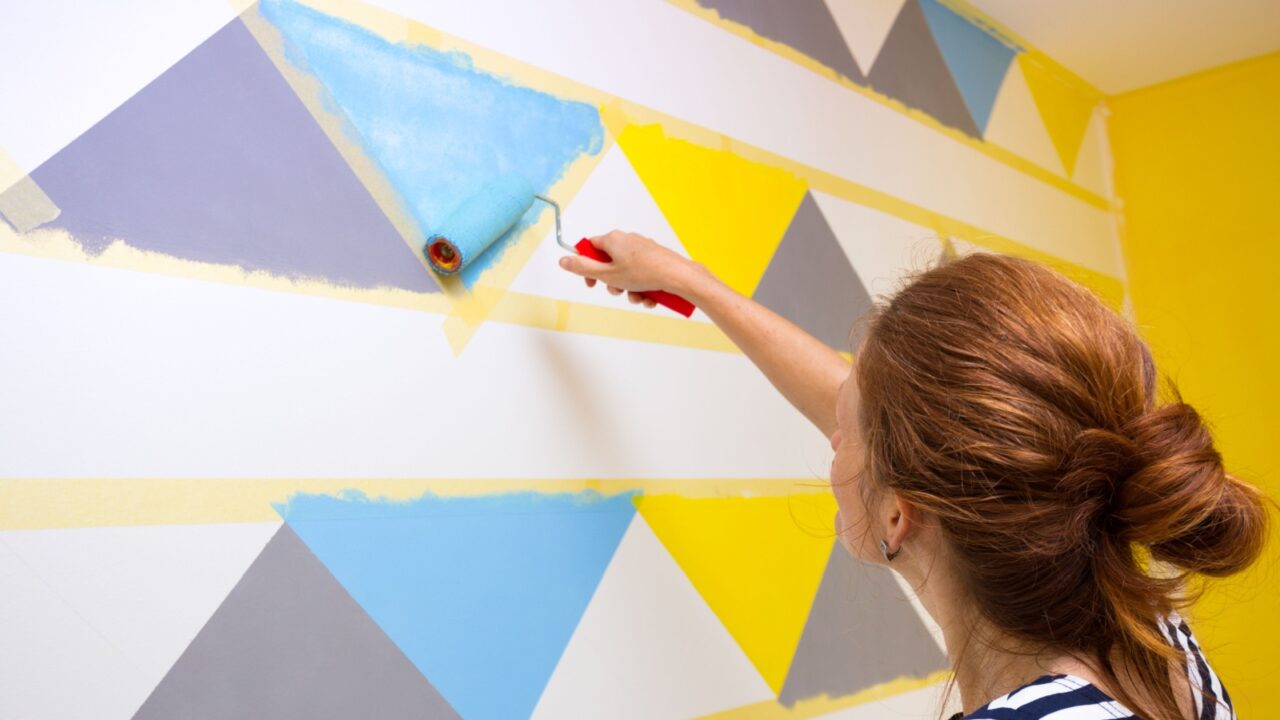
Paint Is Your Friend
Designers often share creative makeover ideas where you can completely shift a room’s vibe under $50. Rich colors like deep green, navy, or cozy taupes are trending for 2025, and they work wonders in both big and small spaces.
New formulas like low-VOC and washable paints also make DIY updates easier. Painting the ceiling or trim the same color as the walls? It’s a pro trick that instantly makes rooms feel more custom and luxurious.

Rethink Your Layout First
Before reaching for your wallet, try rearranging your space. Whenever designers start any renovation project for clients, they reimagine the flow by moving chairs, tables, lamps, and even art. Use masking tape on the floor to plan new furniture layouts if needed.
This no-cost trick often reveals you don’t actually need new stuff, just a fresh perspective. Apps like Roomstyler or MagicPlan can also help visualize different layouts without lifting heavy pieces around blindly.
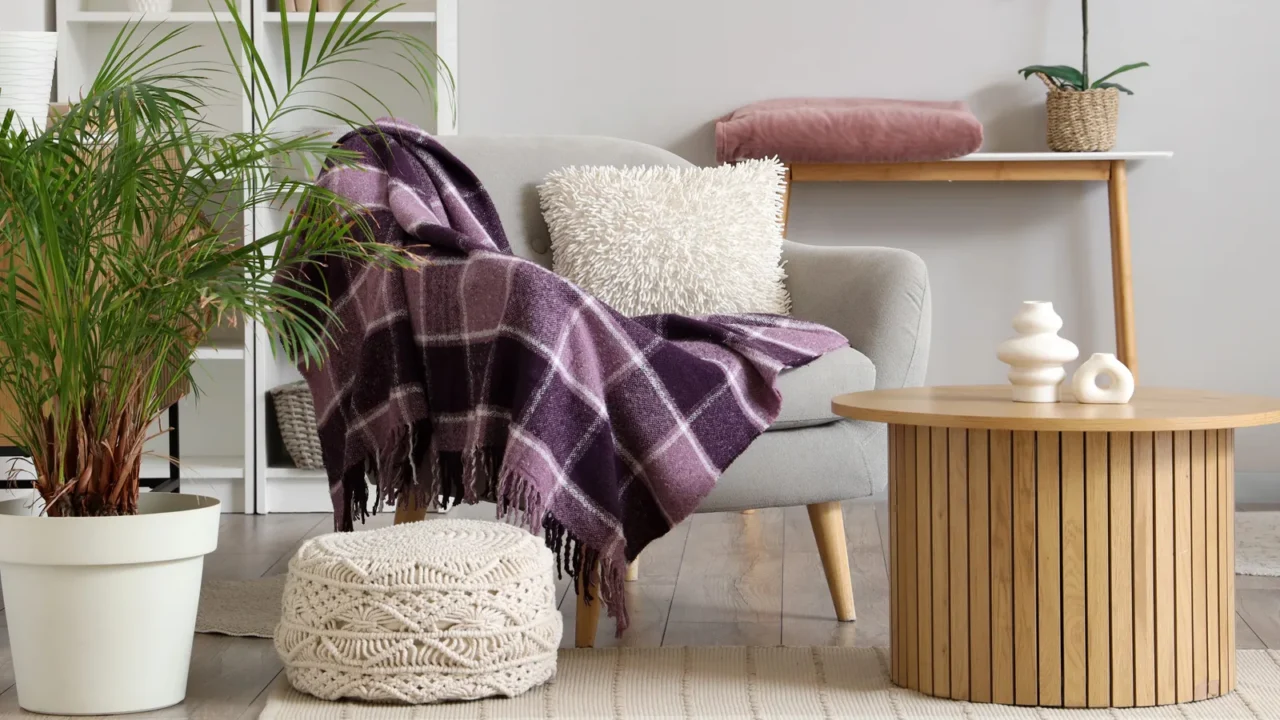
Layer, Don’t Overload
Designers love layers, not clutter. A space feels richer when thoughtfully styled: a bold pillow here, a textured throw there, layered lighting, but not every surface crammed. “Negative space,” the open breathing room between objects, is just as important as decor itself.
If you add something, step back and remove one thing. Editing is a designer’s best-kept secret for a polished look.
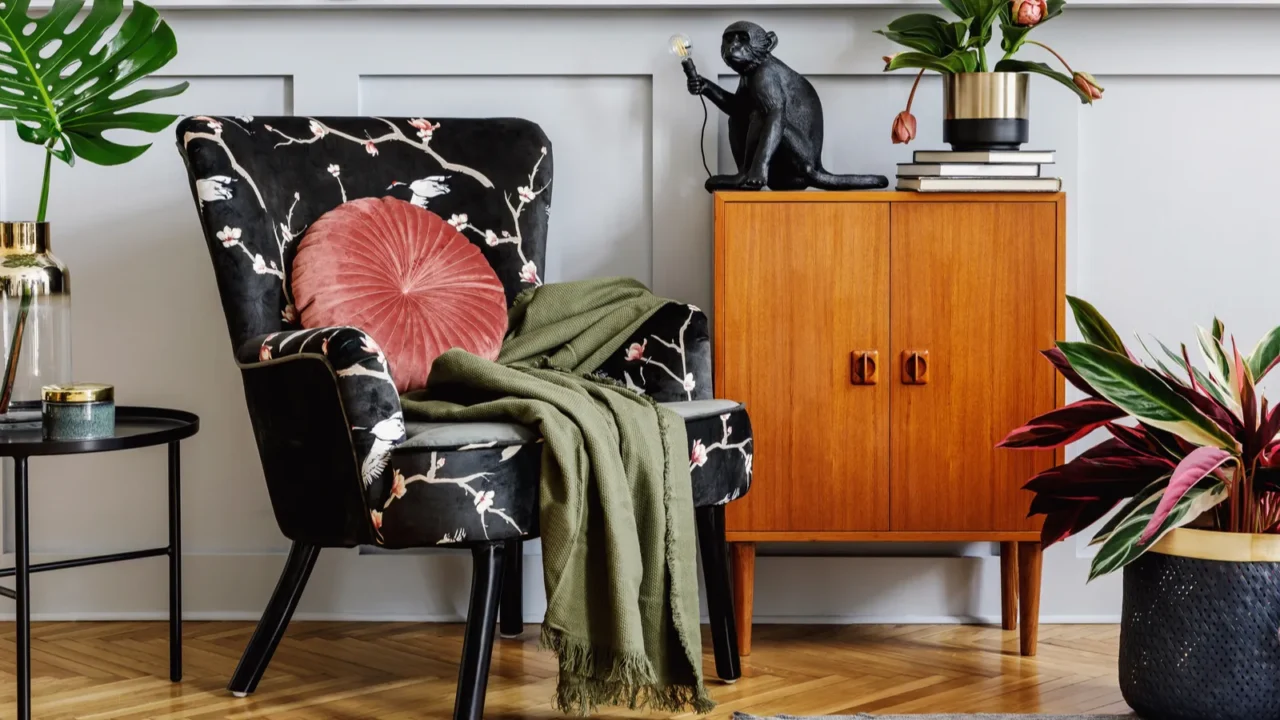
Thrift Store and Marketplace Finds
Vintage shopping is budget gold. Look for solid wood pieces, brass accents, and real wool rugs at thrift shops or estate sales. Facebook Marketplace is a designer’s not-so-secret weapon for scoring statement furniture under $100. Tip: Focus on shape and structure first.
Ugly finishes or bad upholstery are easily fixable with a little DIY love, saving you hundreds over buying new.
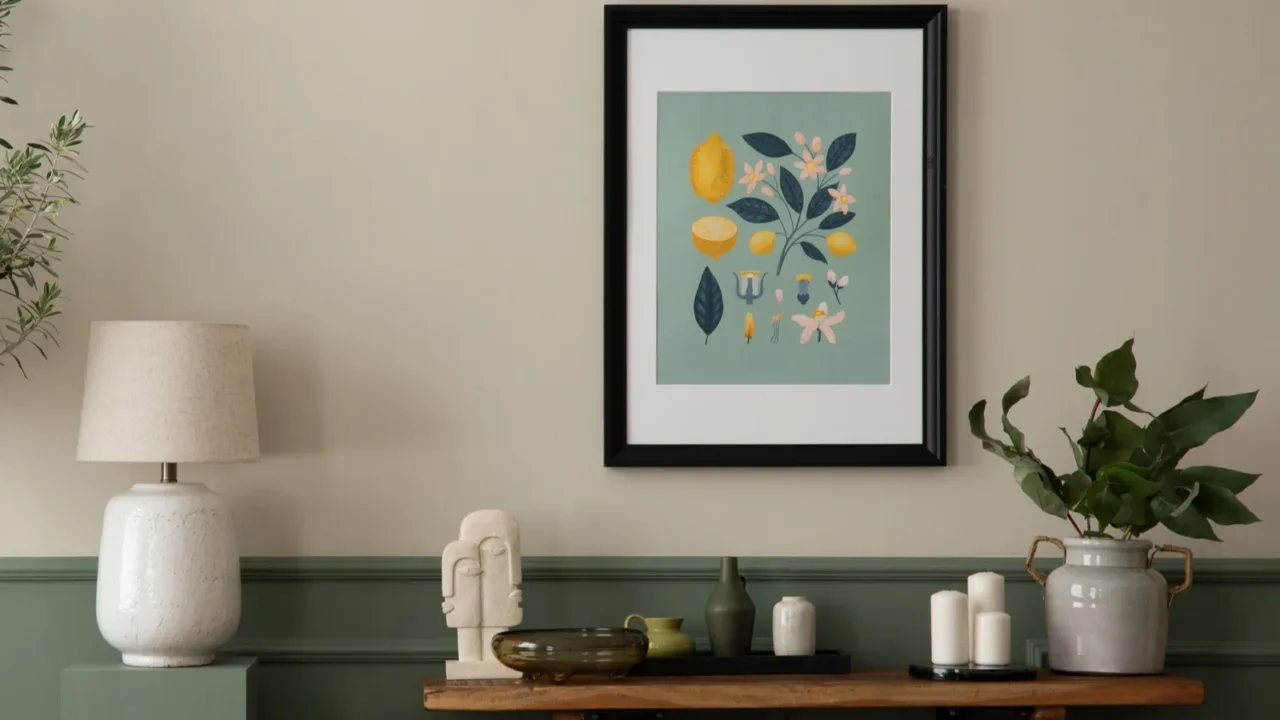
DIY Artwork That Doesn’t Look DIY
You don’t need to paint like Monet to create a wow piece. Modern, oversized art looks designer-level but is simple to DIY. Big brushstrokes, textural neutral tones, or minimalist black-and-white graphics make bold statements.
Always use large canvases because smaller pieces often get lost visually. Affordable frames (check IKEA or thrift shops) can enhance even the simplest homemade piece into wall-worthy decor.
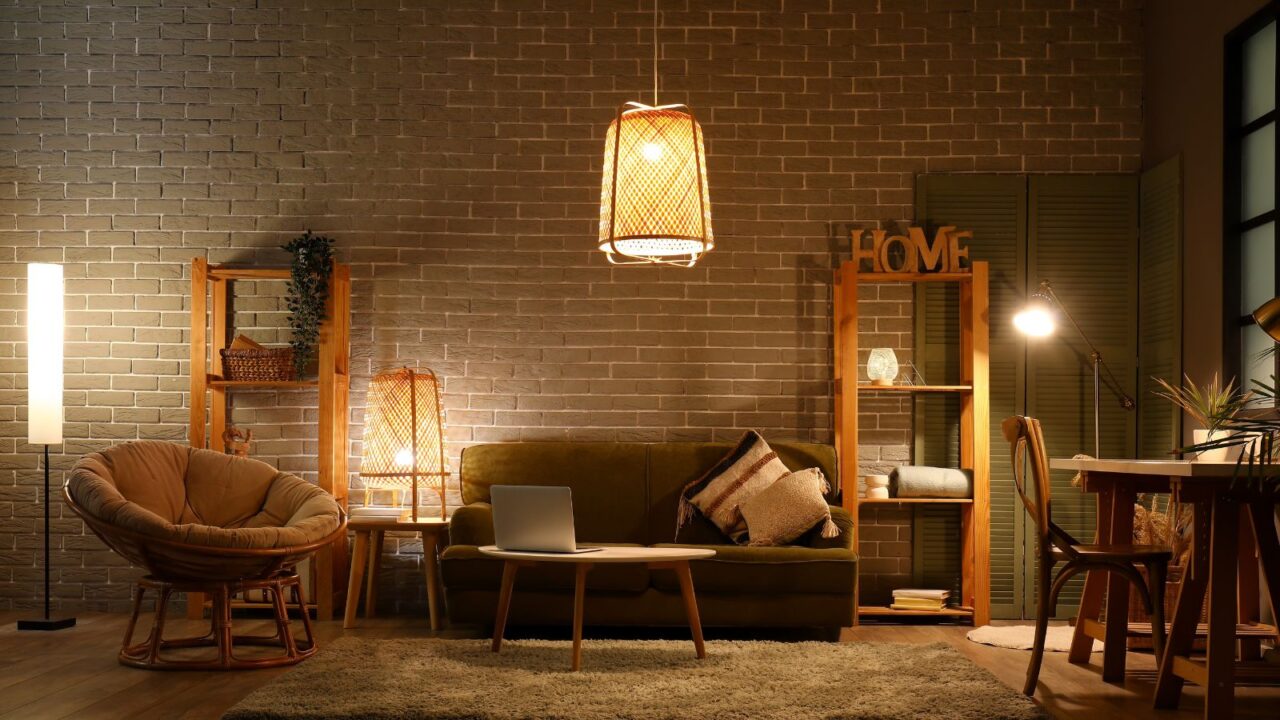
Layered Lighting
Want a luxe look without the price tag? Lighting is your best friend. Designers swear by layering: overhead for general glow, task for function, and accent for charm.
No electrician? No worries, plug-in sconces, battery lights, and cute table lamps do the trick. Warm white bulbs make everything feel richer.

Upgrade Hardware for Instant Luxury
The fastest mini-renovation? Swap old cabinet handles, drawer pulls, and faucet fixtures. Matte black, antique brass, and brushed nickel are classic designer picks. Even builder-grade cabinets look chic with upgraded hardware.
Don’t be afraid to mix metals (brass and black, chrome and gold) for a custom look. Amazon, Wayfair, and even Home Depot carry great designer dupes for less than $50 a set.
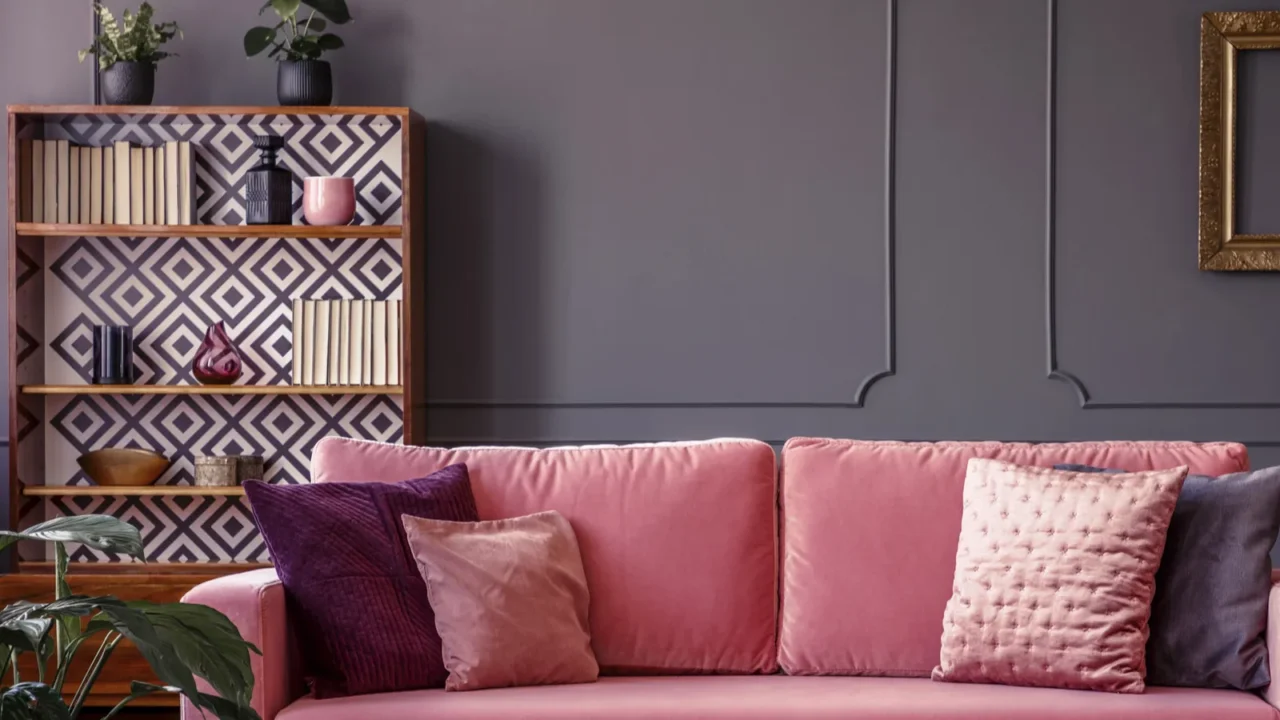
Peel-and-Stick Wallpaper
Removable wallpaper is a design miracle when used right. Highlight small areas such as an entry wall, the back of a bookshelf, or a powder room, instead of overwhelming an entire room.
Textured patterns, subtle botanicals, or simple geometrics age better than neon prints or “theme-y” patterns. Most importantly, clean walls first and follow brand instructions carefully to avoid dreaded peeling later on.
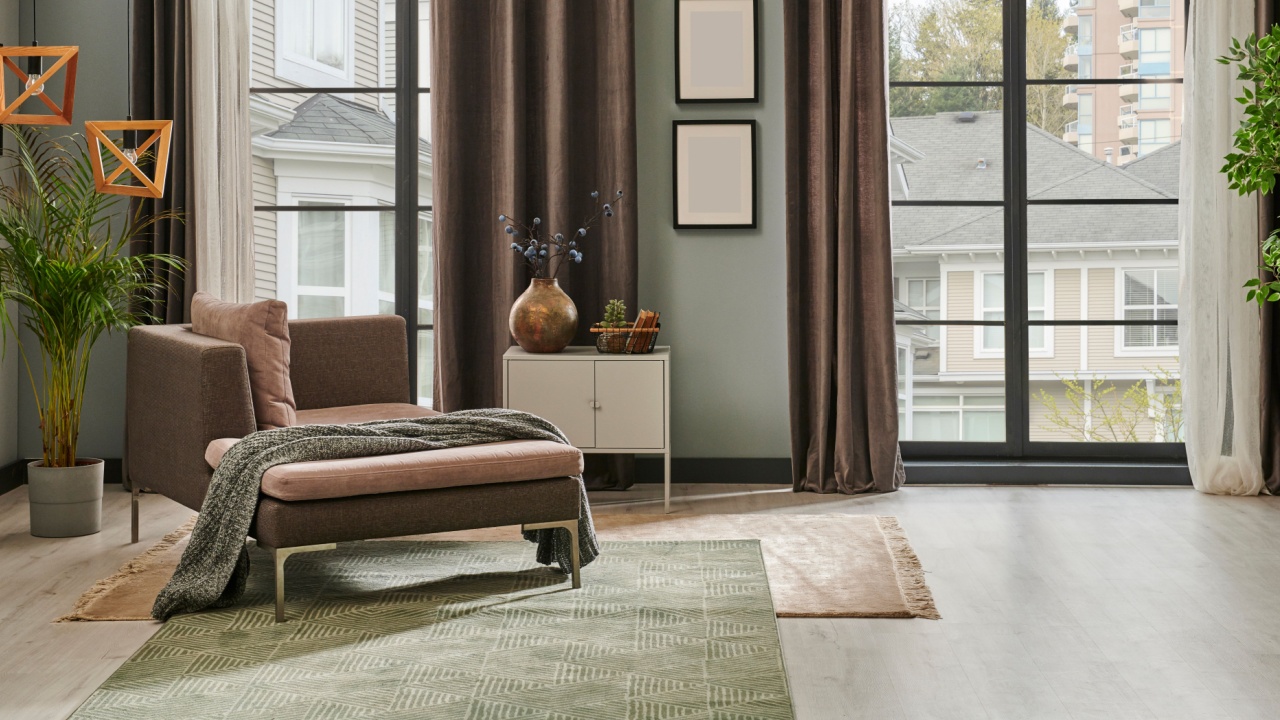
Small Rugs, Big Mistakes
Pro designers cringe at floating tiny rugs. A too-small rug shrinks a room visually, and no one wants that. Always size up: the front legs of your furniture should sit on the rug at a minimum.
If large rugs seem pricey, layer a smaller fancy rug over a larger, inexpensive neutral one. Big box stores like Overstock, Rugs USA, and even Target have stylish, oversized options without the designer price tag
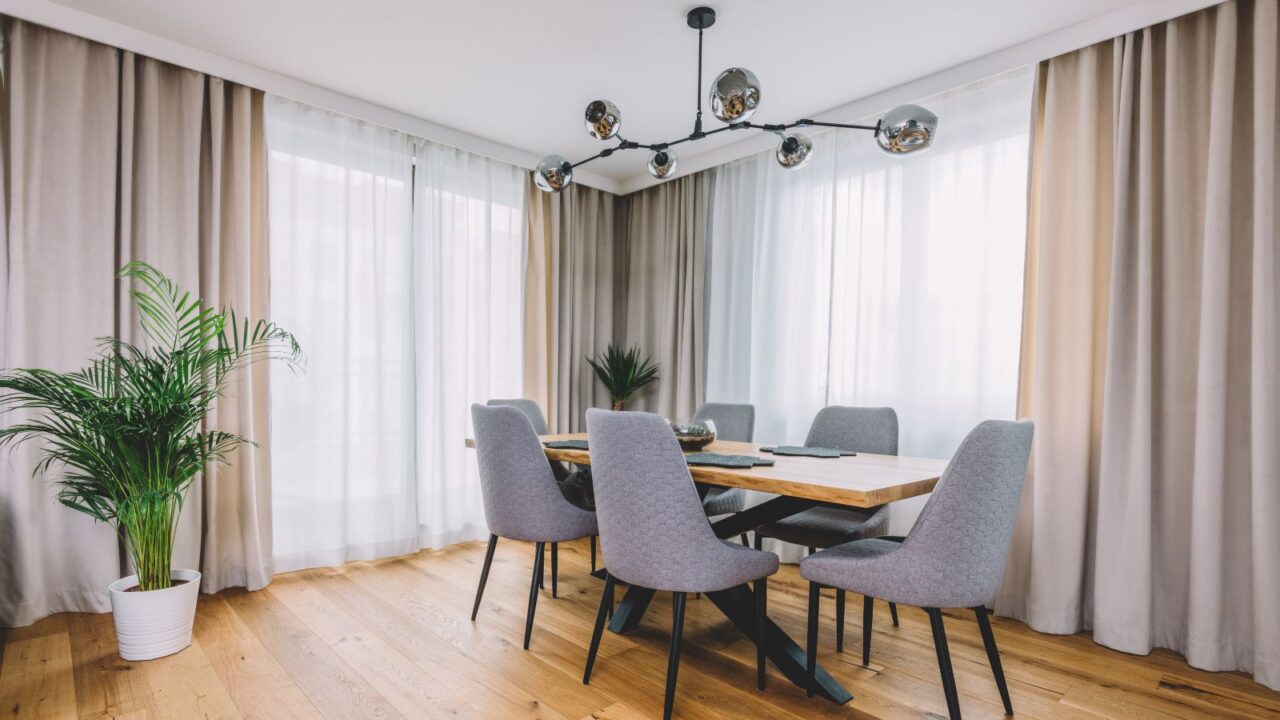
Curtains That Touch the Floor
Short curtains? Dead giveaway of a rushed or cheap setup. Designers always hang curtains high and wide, about 6-8 inches above the window frame and extending 6-12 inches past each side.
Floor-touching or slight puddle lengths look intentional and luxurious. One of my favorite and affordable curtain hacks is to buy longer IKEA panels and hem them.
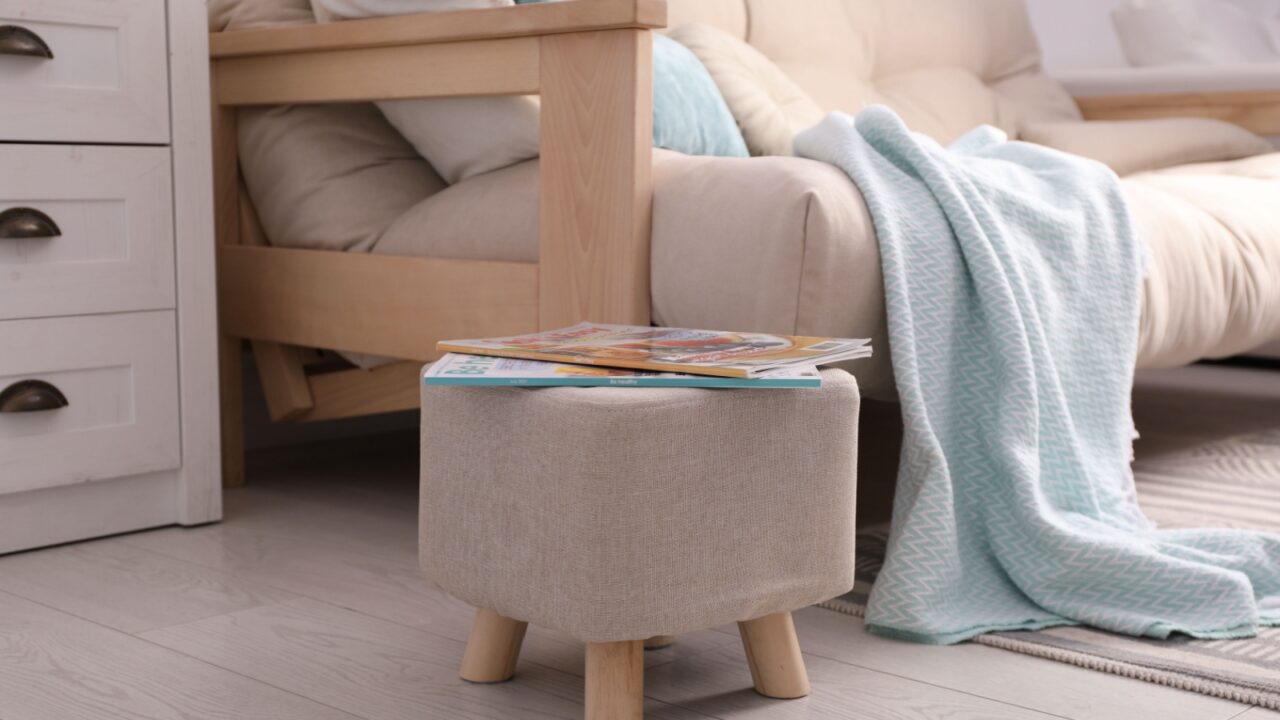
Reupholster Before You Replace
Tossing that old chair or sofa because the fabric’s ugly? Wait. Designers almost always reupholster before replacing. Professional reupholsters can be pricey, but DIY slipcovers or even staple-gun fabric fixes work wonders on smaller pieces.
Stick to durable fabrics like canvas or twill for budget-friendliness. If DIY feels intimidating, try reupholstering a simple bench or dining chair first; tons of tutorials online walk you through it. A $30 fabric upgrade can easily save you $300+, replacing a whole piece.
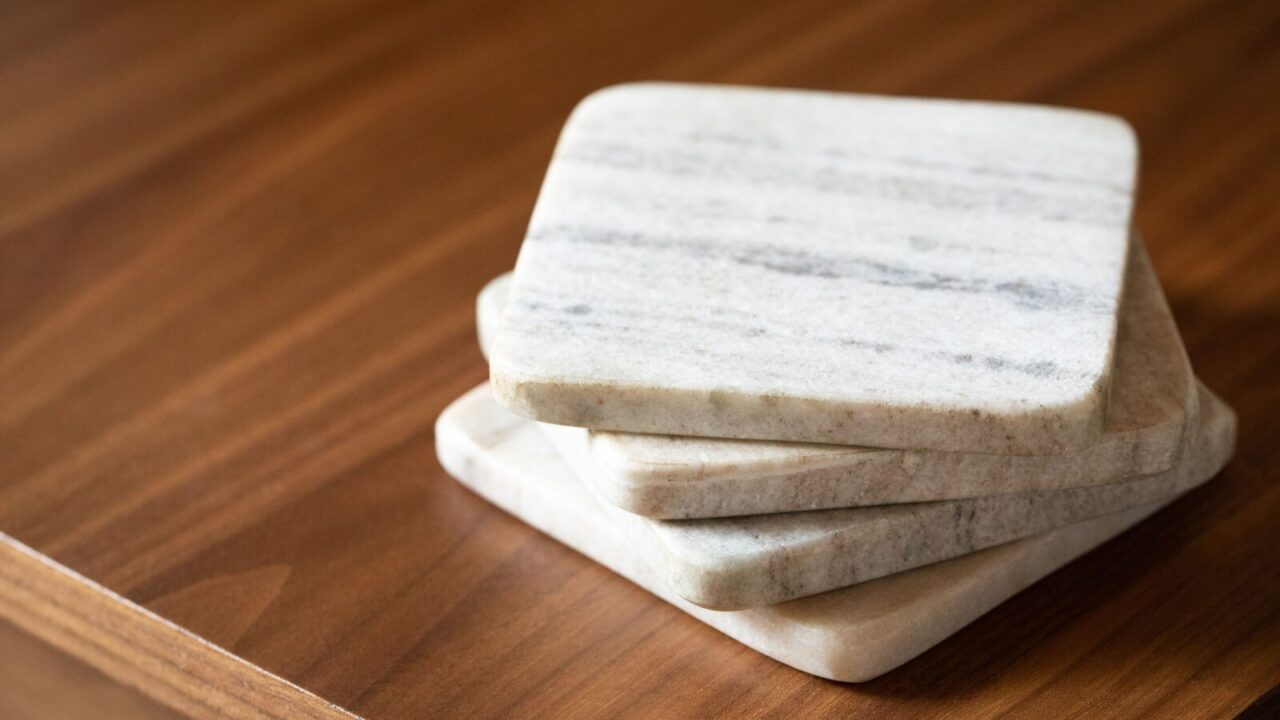
Use Leftover Tile
After a kitchen or bath remodel, leftover tile often goes to waste. Designers save money by using it creatively: line the bottom of trays, make a mosaic tabletop, upgrade plant pots, make mini coasters, or even create a mini backsplash behind a bar cart.
Salvage stores like Habitat for Humanity ReStores often sell leftover designer tiles dirt cheap, too. Tile projects add texture, color, and a polished look without paying full reno prices.
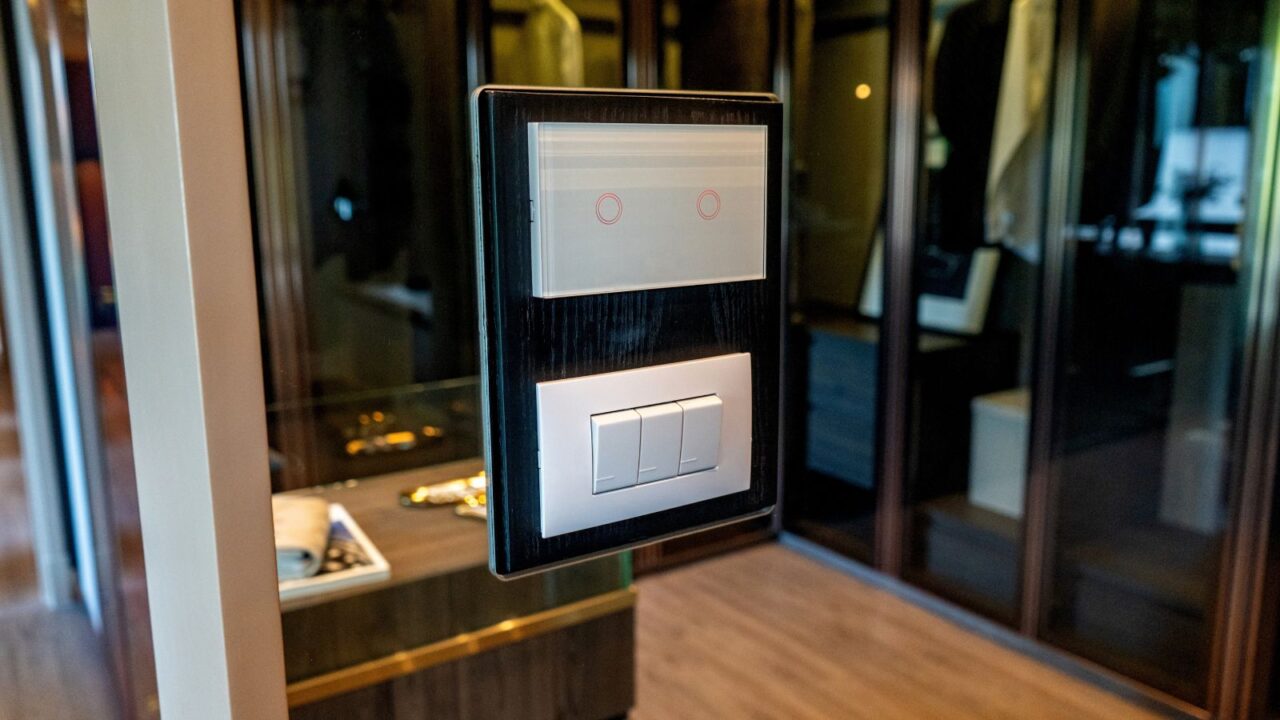
Focus on the Details
Tiny upgrades make a big impact. Old, yellowing switch plates, vent covers, or dated registers instantly cheapen a room, but upgrading them is often under $30. Swap for modern black, brushed brass, or clean white versions depending on your room’s vibe.
It’s one of those low-effort, high-reward hacks that pros swear by but homeowners often overlook. Fresh finishes mean fresh feel without needing a full reno.
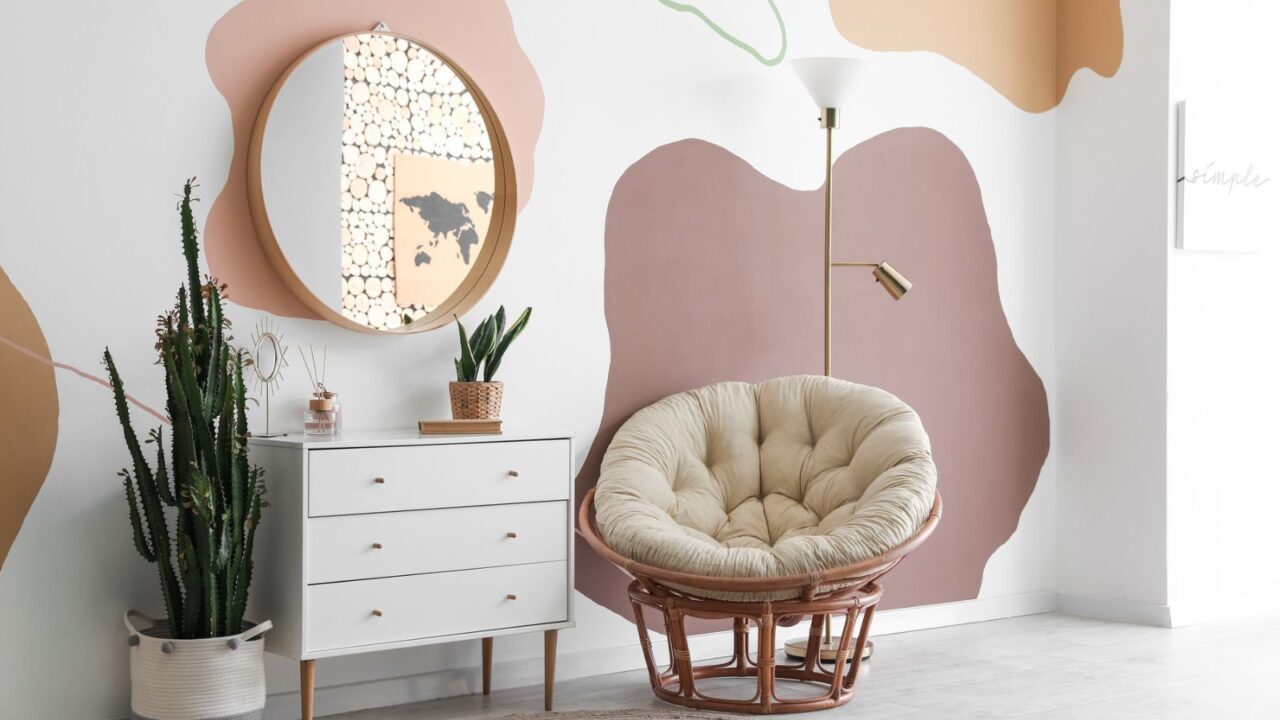
Add Mirrors Strategically
Mirrors are the ultimate design cheat code, they amplify light, double visual space, and add elegance. Designers recommend using oversized mirrors in small rooms or dark corners. Hanging two mirrors opposite each other bounces light around even more.
For budget buys, check Facebook Marketplace, HomeGoods, and secondhand shops. You can even DIY an antique mirror look using a simple vinegar spray and cheap frameless mirror panels.
Want to master this space-stretching trick? Check out my easy guide on clever mirror placement to enlarge spaces.
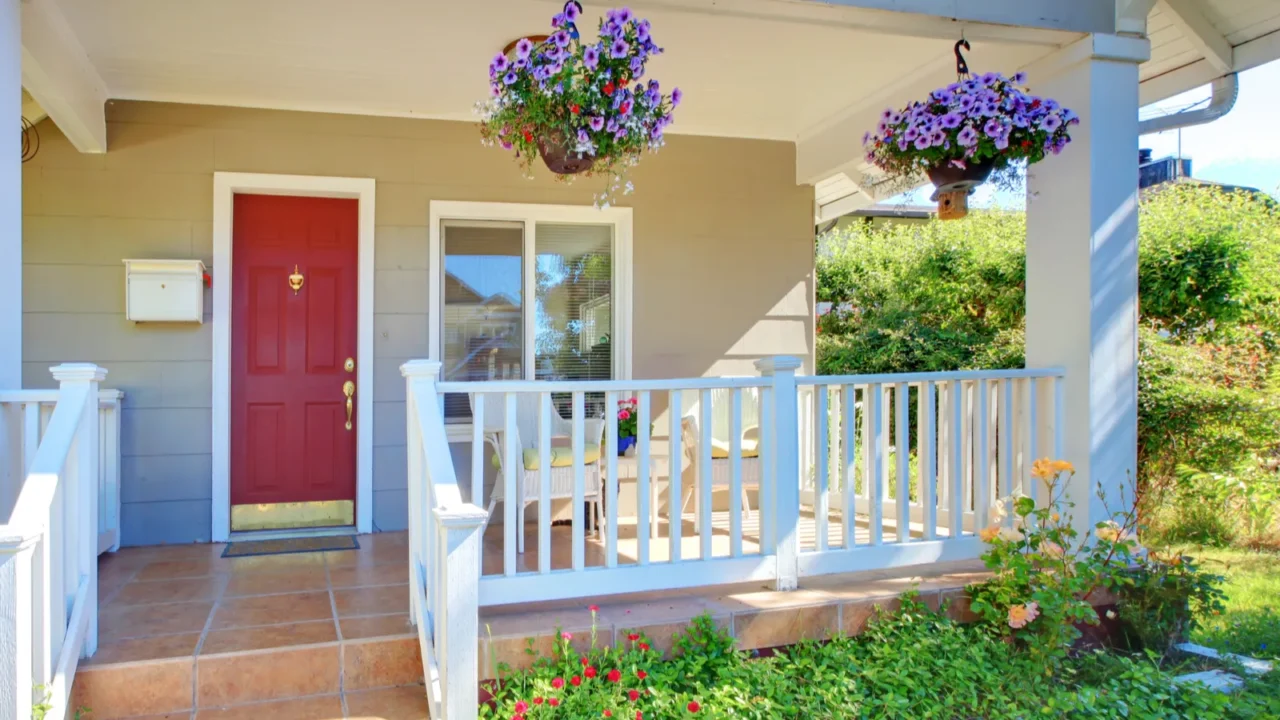
Powerful and Bold Door Color
Painting your front door (or even an interior door) in a bold shade is one of the highest-impact, lowest-cost upgrades out there. Designers love unexpected colors like deep navy, olive green, burnt orange, or black.
Just be sure to use paint rated for doors if you’re tackling an exterior one. It’s an easy weekend project under $50 that gives guests and YOU a happy pop of personality every time you walk in.
Want to know what else can help your home make the right first impression? Check out the next curb appeal ideas that deliver style before they even step inside.
Read More From This Brand:
- How to Redecorate Your Home on Budget
- What Not to Say to Your Interior Designer
- Designer Picks for Stunning Bathroom Upgrades
Don’t forget to follow us for more exclusive content right here on MSN.
This slideshow was made with AI assistance and human editing.